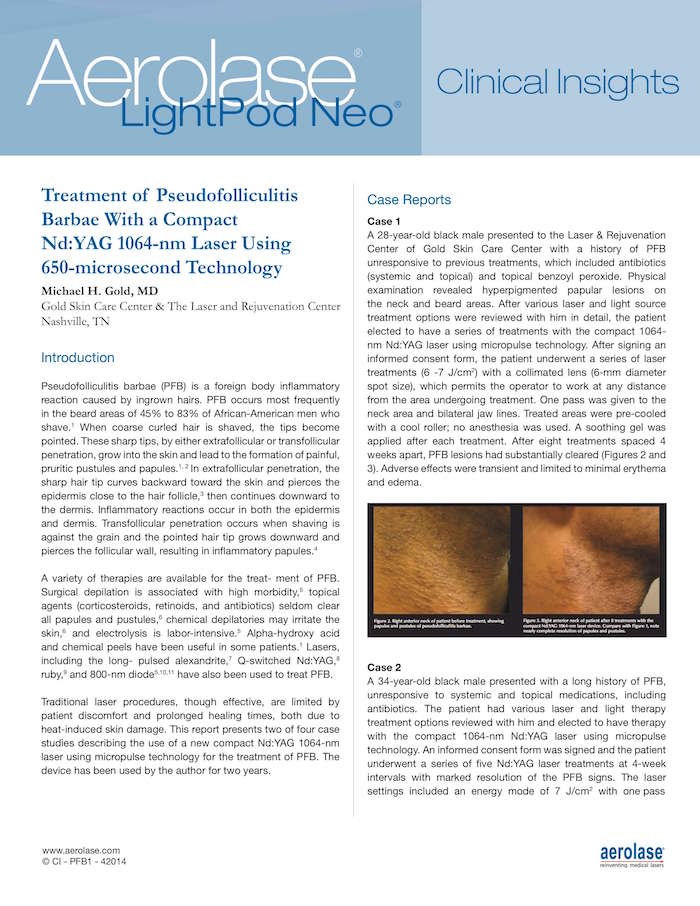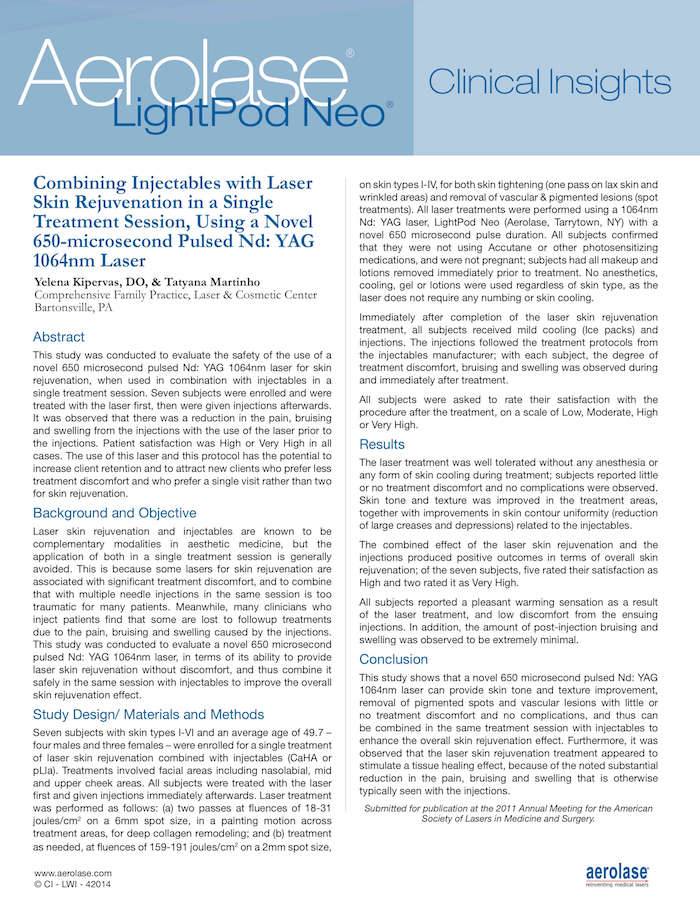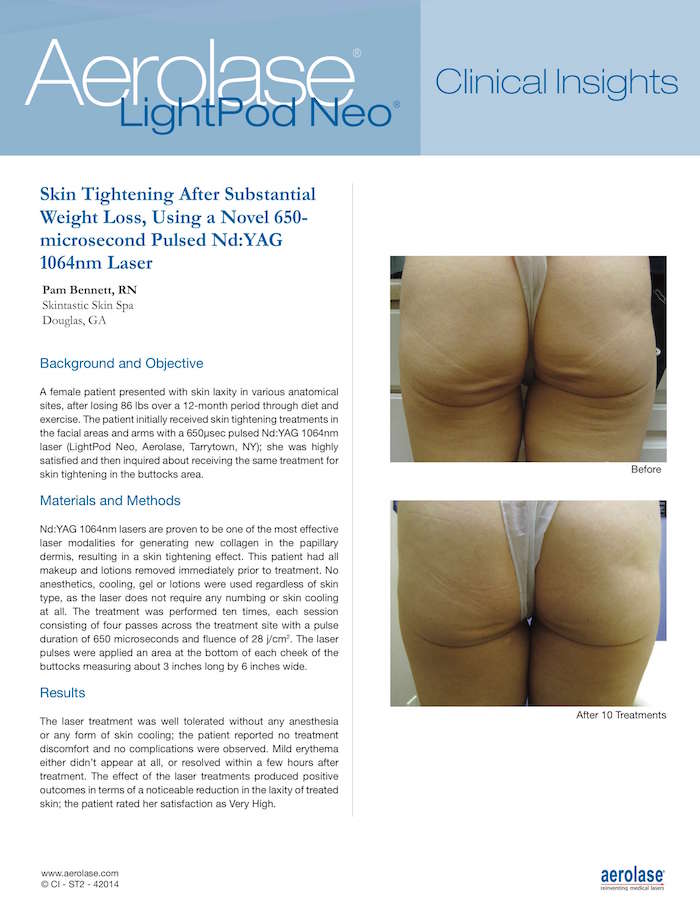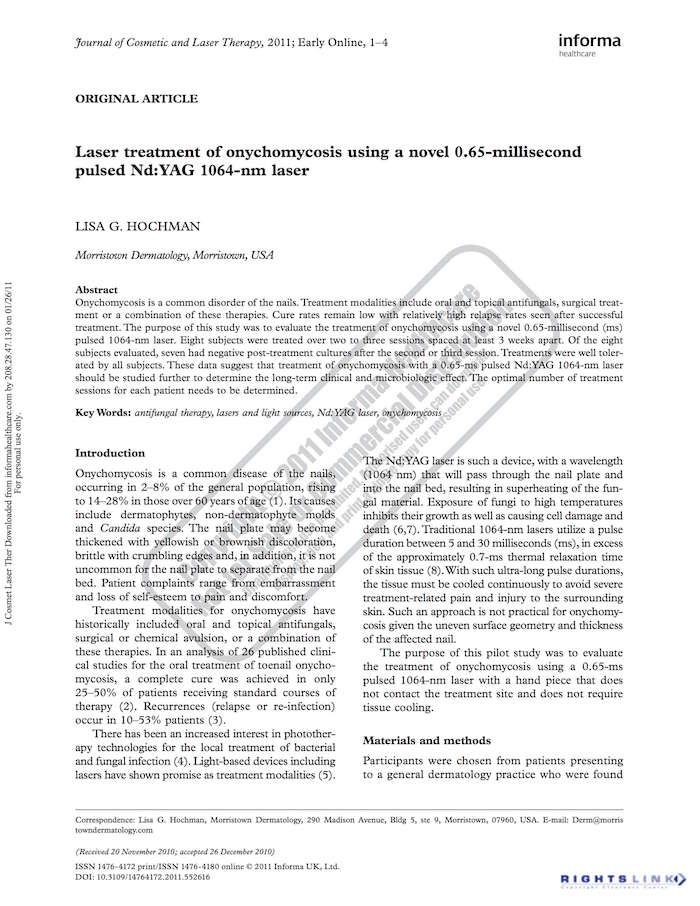Michael H. Gold, MD, Dermatology, Nashville, TN
Pseudofolliculitis barbae (PFB) is a foreign body inflammatory reaction caused by ingrown hairs. PFB occurs most frequently in the beard areas of 45% to 83% of African-American men who shave.1 When coarse curled hair is shaved, the tips become pointed. These sharp tips, by either extrafollicular or transfollicular penetration, grow into the skin and lead to the formation of painful, pruritic pustules and papules.1, 2 In extrafollicular penetration, the sharp hair tip curves backward toward the skin and pierces the epidermis close to the hair follicle,3 then continues downward to the dermis. Inflammatory reactions occur in both the epidermis and dermis. Transfollicular penetration occurs when shaving is against the grain and the pointed hair tip grows downward and pierces the follicular wall, resulting in inflammatory papules.4
A variety of therapies are available for the treat- ment of PFB. Surgical depilation is associated with high morbidity,5 topical agents (corticosteroids, retinoids, and antibiotics) seldom clear all papules and pustules,6 chemical depilatories may irritate the skin,6 and electrolysis is labor-intensive.5 Alpha-hydroxy acid and chemical peels have been useful in some patients.1 Lasers, including the long- pulsed alexandrite,7 Q-switched Nd:YAG,8 ruby,9 and 800-nm diode5,10,11 have also been used to treat PFB.
Traditional laser procedures, though effective, are limited by patient discomfort and prolonged healing times, both due to heat-induced skin damage. This report presents two of four case studies describing the use of a new compact Nd:YAG 1064-nm laser using micropulse technology for the treatment of PFB.




